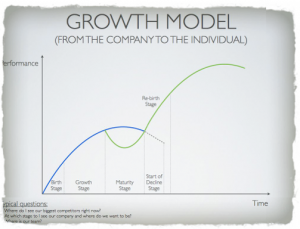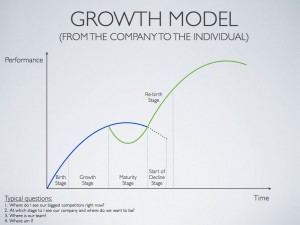 How’d you like to learn a short exercise that helps you to highlight potential issues in your team and in your company?
How’d you like to learn a short exercise that helps you to highlight potential issues in your team and in your company?
You see, every company, from startups to multinationals, has its learning curve from the very first day to the current moment. Some days there are bigger lessons learned than on other days.
Leaders are often occupied with taking strategic decisions to keep the company moving forward. While this is crucial, it is also crucial to touch base with the team.
The following short exercise can be used to identify if your business is growing as planned from your team’s and your personal perspective.
Learning Bites #4: Confirm Your Company’s Strategy and Approach – The Human Angle
In this May edition of the Learning Bites, we will focus on a reality check of your company through its employees, not only through the numbers.
For this we will use the so-called “growth model” below, which is sometimes also called “s-curve model” or “organizational life cycle”. This model can be found in a variety of fields from biology to technology. It describes the growth of one variable in terms of a variable over time (source).
So, before we start the exercise, let me briefly walk you through the model. You might recognize that this chart is similar to a product life cycle curve, often used for technical innovations. It is also applicable for a company.
Phase 1: Birth stage: The young company is usually starting off with the first few success stories, after the initial ramp-up phase.
Phase 2: Growth stage: The growth stage illustrates that the company is growing in clients, growing in terms of team sizes and in terms of revenue, etc.
Phase 3: Maturation stage: When the maturation phase sets in, the company needs to continue to act to boost long-term growth. This continuation to change is often accompanied by difficult decisions, confusing times and sometimes even chaos.
Phase 4: Decline stage: If the business fails to adapt and change in time to the changing conditions, it risks to decline. This is usually noticeable through denial of facts by its employees or leaders.
Phase 5: Re-birth stage: If the company accepts the changing conditions and faces the challenges, a re-birth phase establishes itself, where a new cycle begins (and this is where the “S” appears).
Over the years, a company can follow the course of several “S”, depending on its performance, competitiveness and flexibility in the market among other important factors. In 2010, there was a book published which is illustrating how high-performing companies manage to get and stay on the top. If you are interested in more details, click here.
Before you start discussing with your team members, it is important that you are in line with yourself on where your company is at and where you want to be – also related to your leadership style. So, the first part of this exercise is for you personally to complete.
Let’s go!
 Part 1 (4-6 minutes): Self-Reflection
Part 1 (4-6 minutes): Self-Reflection
Before you plan to sit down with your team to discuss the next challenges for the week or the month, complete the following steps on your own.
Step1: Take a look at the chart and ask yourself the following question: “At which stage to I see our company?”
Step 2: Note down your answer, this will help to digest your thoughts and to prepare for your team discussions. If you like you can also add a few bullet points on why you see it that way.
Step 3: Repeat the same procedure for these following questions:
2. “Where do we want to be?”
3. “ Where is our team? Where does it need to be regarding the strategic initiatives?”
4. “Where am I as an individual?”
 Part 2: (5-10 minutes): Team Reflection & Immediate Sharing
Part 2: (5-10 minutes): Team Reflection & Immediate Sharing
By its nature this exercise is relatively short, so you might use it as an opener for a team event or as a stand alone on a one-on-one. This also depends on the level of confidentiality and trust within your company.
Step 1: During your next team meeting (or else), ask you team member the same questions you have answered yourself prior to the meeting. The suggested procedure is to ask them each question one by one to get a feeling of the group’s view.
1. At which stage to I see our company?
2. Where do we want to be?
3. Where is our team? Where does it need to be regarding the strategic initiatives?
4. Where am I as an individual?
Step 2: Reflect upon their answers: Do they all answer each question in the same way? Was your answer identical to their answer?
Step 3 (optional): As an optional add-on to have more than just an impression: If someone had a different perception on the current situation, let them explain. Everyone can have a different opinion or perception, but are your team members aligned on the way forward? What needs to happen? What would they need?
Good luck with the exercise, and let me know how it goes on the comment section below!
If you like these kind of learning activities and you have not yet checked out the other Learning Bites in this series, please visit the Learning Bites Summary.
“Twenty years from now you will be more disappointed by the things that you didn’t do than by the ones you did do. So throw off the bowlines. Sail away from the safe harbor. Catch the trade winds in your sails. Explore. Dream. Discover.”- Mark Twain


Speak Your Mind